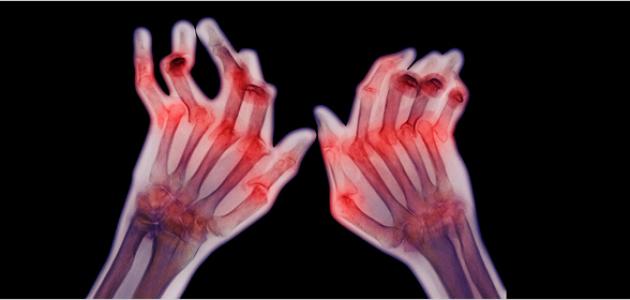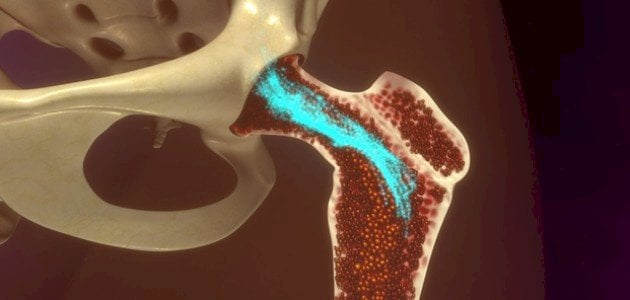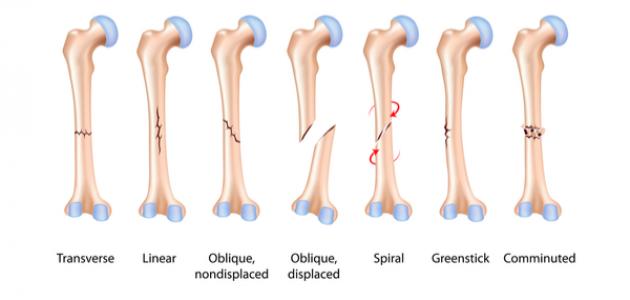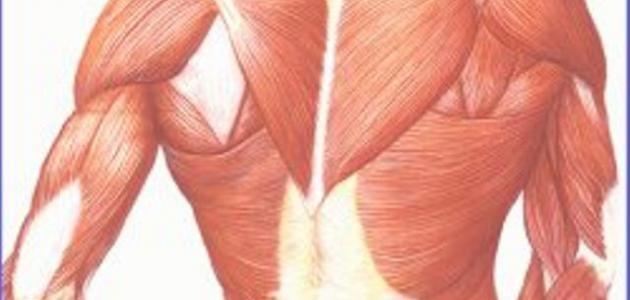Height lengthening procedure
Stature lengthening is classified as a cosmetic procedure that increases the height of people who are dissatisfied with their natural height. The lengthening process takes several months, and the femur bone or shin bone can be lengthened. In English: Tibia bone), or both bones separately, and it is possible for a person to gain a height increase of approximately eight centimeters if undergoing a lengthening procedure for one part of the bone, and the percentage of height increase can reach 13 centimeters when undergoing two lengthening operations. One is in the thigh and the other is in the leg.
Stages of the height lengthening process
The height lengthening process is divided into two main phases: the Distraction phase and the Consolidation phase. The distraction phase begins when the bone to be lengthened is broken into two parts during a surgical procedure, and then the lengthening device is installed, which is an implanted nail. Inside the bone marrow, it is called the intramedullary nail. After the surgical procedure is completed, the bone gains one millimeter of length per day. After obtaining the required length, the consolidation stage begins, and at this stage the operation of the lengthening nail is stopped and the bone is left to heal. It should be noted that The lengthening nail is left inside the bone for a period ranging from one to two years, then the nail is removed through a simple surgical procedure.
Read also:Knee pain
Complications of height lengthening surgery
The process of lengthening the height may be accompanied by some health complications, as increasing the speed of lengthening the bone by more than one millimeter per day through the lengthening nail may lead to the inability of the bone to fill the void formed, which leads to muscle contraction, or nerve paralysis, and if the operation is Lengthening is too slow. This leads to the bone completely filling the space, which stops the lengthening process. This condition is called premature consolidation. One of the complications of the height lengthening process is the feeling of pain after the end of the surgical procedure, but the person undergoes epidural anesthesia. (Epidural anesthesia) or to patient-controlled anesthesia (in English: patient-controlled analgesia), and the anesthesia is sufficient to control the pain within two days of the operation, then the patient is transferred to medications that help relieve pain and are given orally, and increases Feeling pain while doing stretching exercises during physical therapy sessions, and during sleep as well.
Other methods of lengthening height
In fact, there is no other method that can increase height after the age at which bones stop growing, but there are some methods that can be followed to appear in a way that suggests increased height, and these methods include:
Read also:Osteitis- Strengthening the main body muscles: So that strong muscles help one take the correct standing and sitting position and appear in a way that suggests increased height. The abdominal muscles and the muscles surrounding the spine are among the most important muscles that help maintain a healthy posture.
- Adopt a correct posture: A person appears taller when he adopts a correct sitting or standing position. It should be noted that adopting the correct sitting and standing positions helps prevent headaches, back pain, and hunching. Among the tips that can be followed to adopt a correct standing position are the following:
- Keep the shoulders back.
- Pull the abdomen towards the back, with a slight tightening of the muscles.
- Keep the head level parallel to the body.
- Avoid sticking your knees together.
- Allow the arms to move freely.
- Tips that can be followed to achieve a correct sitting position include:
- Keep feet flat on the floor while sitting.
- Avoid raising your legs over each other while sitting.
- Support the back while sitting by placing a small pillow behind the back.
- Rest your shoulders.
Factors that determine height
There are many factors that determine a person's height, including:
Read also:Right shoulder pain- Heredity: It is the main factor in determining a person's height.
- Gender: It plays an important role in determining a person's height, as women often have a shorter height than men.
- Nutrition: Integrated nutrition in childhood helps one reach maximum height.
- Doing exercise: Increased activity in children leads to an increase in the production of growth hormone, which leads to increased height.
- Having a certain medical condition: There are some health conditions that affect an individual’s growth during childhood, including:
- Gigantism.
- Dwarfism.
- Arthritis.
- Failure to treat celiac disease, which is also known as wheat allergy disease.
- Cancer.
- Down Syndrome.
- Turner syndrome.
- Marfan syndrome.
Ways to prevent short stature
Aging is accompanied by a slight loss in height, as a person can lose approximately 1.25 cm every ten years after reaching the age of forty due to osteoporosis, or due to increased pressure on the spine, and various other reasons. Tips that can be followed to avoid loss of height associated with aging include:
- Maintaining a comprehensive diet that contains sufficient amounts of calcium.
- Do regular exercise to maintain muscle strength.
- Drink a sufficient amount of water.
- Avoid smoking.
- Get enough rest.









